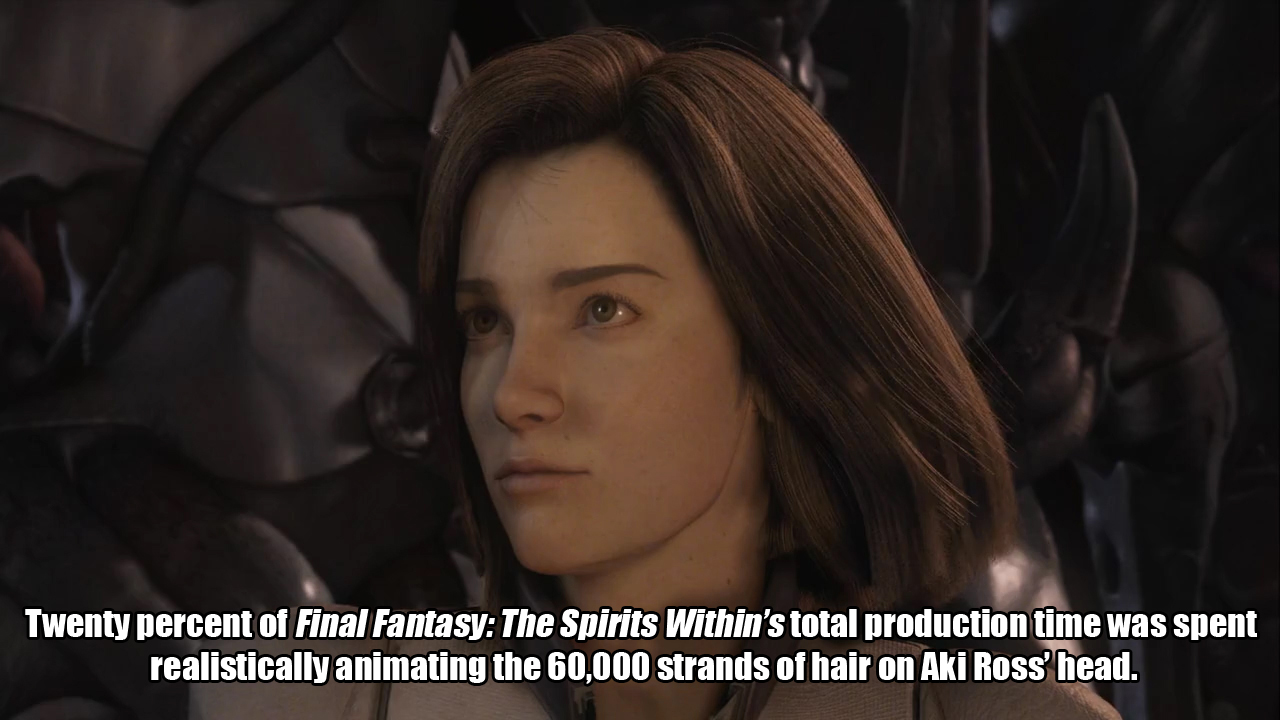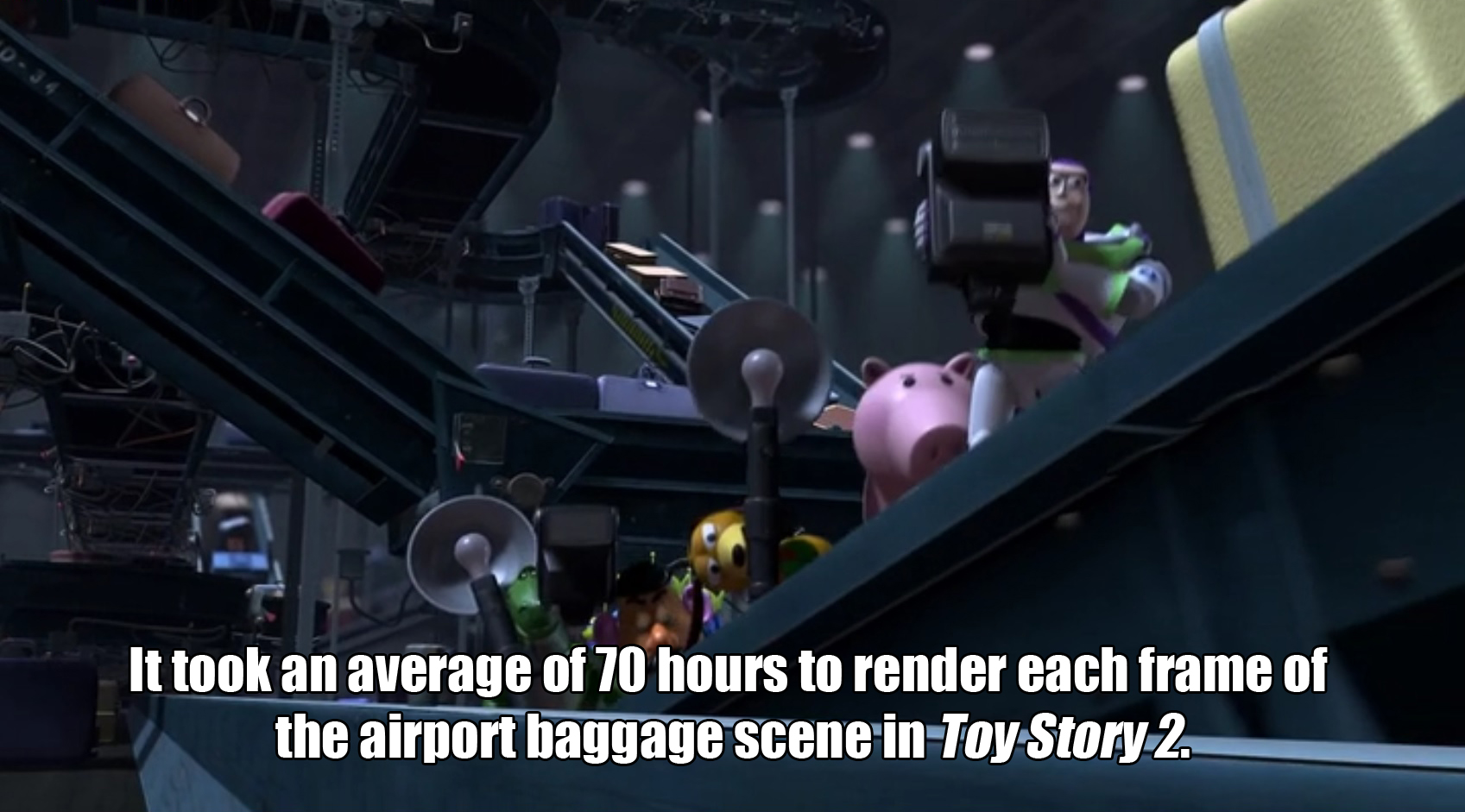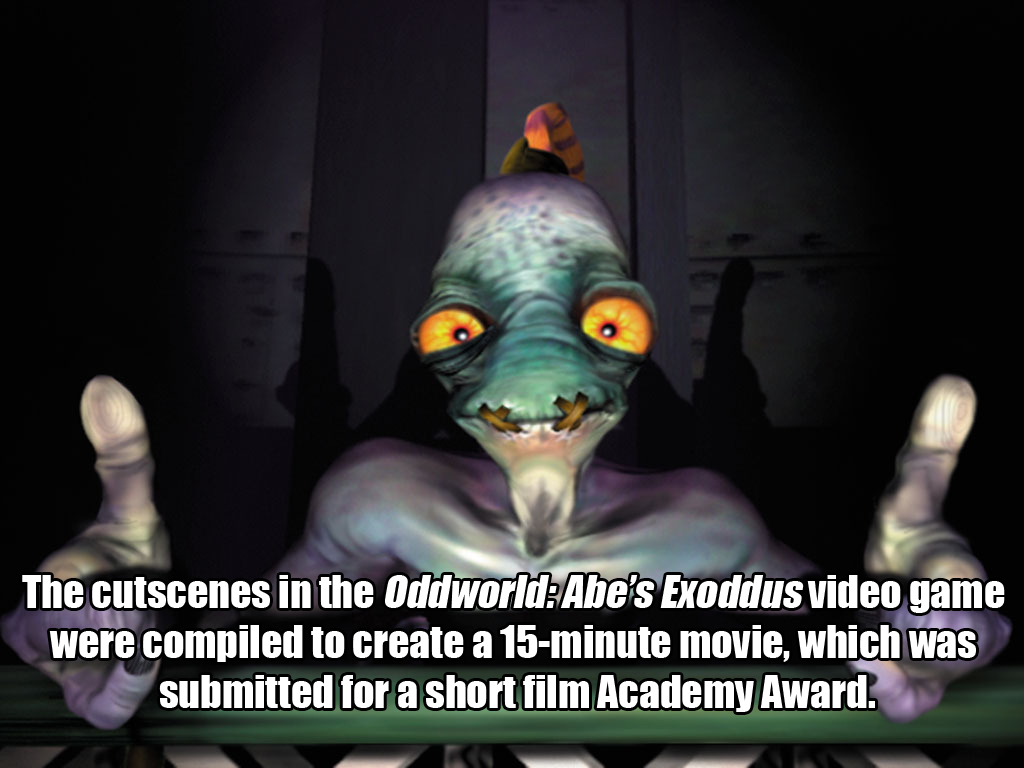Advent Children Complete has taught me that I either have extremely bad taste in movies… or Complete was so excessive that even I thought it was ridiculous. I’d have to watch it again to be sure. XD
Cuz, alright, I’ll believe that guys with superpowers can swing giant swords and jump really high and shit, but I can’t believe that a motorcycle can be catapulted THROUGH a helicopter immediately followed by a superhighway collapsing, destroying Midgar even more; the helicopter crashing in completely unrelated and ridiculous circumstances, nearly crushing everyone for the fiftieth time; and another helicopter magically appearing. (If that sentence made no sense, good. That’s my exact experience of this scene in the movie.) Sure, punching the highway while going 70 mph and then throwing your motorcycle with your feet is excessive, but at least then the excessiveness was kept between three characters with well-established flying/high jumping powers and super strength. The action wasn’t thrown between those three characters, a ridiculous comic relief battle in a helicopter, and mass destruction for no memorable reason.
I did appreciate the movie’s attempt to better explain and take more time with the original’s plot and characters. Who the fuck is Denzel and how was he dragged into Kadaj’s evil plans? How did ALL THE ORPHANS (and the whole city apparently) know to go to the church at the end of the movie? Why did we need to spend two minutes watching Cloud’s phone sink to the bottom of a lake? All of these details and more are revealed in this movie!
I don’t agree with all the choices made, but some of them I quite liked. First, I liked seeing Denzel’s backstory. In the original cut, the viewer simply accepts that Denzel is a new character, a sickly orphan that Cloud and Tifa are taking care of. It was nice seeing that there was backing to him. Second, in the original cut, we often see short sequences representing ideas and past events that only the most hardcore FFVII fan or the most studious viewer could take meaning from. Complete extends some of these cuts rather nicely into more coherent images. For example, Cloud’s brief flashback of Zack originally contained a couple shots of Zack encouraging Cloud to work hard as a SOLDIER followed by a very short image of Zack in a panic and yelling “Cloud, run!” Complete extends this to show Zack as Cloud’s mentor, his ultimate sacrifice, and the promise Cloud made to him. While it might leave the viewer with more questions as to who Zack is, it’s certainly less cryptic than Cloud referencing some promise he made to someone followed by a flashback ending with “Cloud, run!”
Overall though, all of these expanded details not only add nothing to the plot but also take away from what the movie does have in story and in action. Problems begin at the beginning. Like the original, Complete starts with the last scene of the game, an event that takes place 498 years in the future. This is followed by a title screen that states “498 years earlier” and a brand new scene. This emotionless, dialog-heavy scene features Rufus and someone else talking about what they’re about to do in the next scene. If that weren’t bad enough, it’s followed by a title screen that says “Two weeks earlier.” The audience is now aware that they have gone back exactly 498 years and two weeks and have no investment in any of the characters and can no longer take the movie seriously.
This tedious expansion on what the characters are doing and what they are about to do continues throughout the movie. Dialog scenes are extended. The scene between Rufus and Cloud, for example, goes into laborious detail about how much they didn’t find Sephiroth and how much they did find Kadaj and his minions in the crater. I actually liked this dialog scene in the original movie. It does perhaps take a couple viewings to pick up all the details, but the dialog is quite delightful and exact. The scene was written to be quick and precise. Cloud doesn’t want to be there, but Rufus wants him to stay, and Reno gets in both of their ways. Cloud talks over Rufus. Rufus talks over Cloud. Reno cuts in between both of them. Extending the dialog in this scene kills the relationships between all three characters and the humor that results from this language use.
New dialog scenes are added. Ever wanted to know who that girl, who drug Denzel to a shady-looking truck owned by effeminate men in black leather, is? She will tell you her life story! Want to know how all the orphans knew to go to the church at the end? You will see a scene filled with ringing cellphones followed by a crowd of people journeying to the Holy Grail—I mean the church. Just how horrible is geostigma? Horrible. What do any of these scenes have to do with the movie’s miniscule plot? Nothing!
Just because you detail the life-story of a random character doesn’t mean you add any depth to the story. In video games, it’s fine to go exploring, take a break from the main plot, find side quests, and learn about less important characters. In a movie, it completely destroys continuity and slows it way the hell down. This is a particularly serious problem considering that Advent Children is primarily a fast-paced action movie.
The continuity problems that seemingly random detail expansion creates were particularly noticeable in the scene of ringing cellphones. This scene takes place immediately after we see the building Cloud is on explode. We cut to a horrified Tifa yelling “Cloud!” We see Denzel and Marlene, holding hands and wondering if Cloud is alright… Then, we hear a phone ring. Tension destroyed. This ridiculous sound is followed by a sequence of shots featuring Denzel and everyone else in town answering their phones to a mysterious caller (assumedly Aeris) and then going on an epic journey to the church. Sure, no one knows Cloud exploded. They can answer their phones and go on an epic journey if they want to (except Tifa, who’s probably flipping her shit). The audience ultimately decides if they’re going to let this ridiculous display destroy their experience or not. Even then, there’s still a problem. If this is really how Aeris communicates with people as a ghost, then it’s probably better to keep it out of the movie because it’s ridiculous! Leave it to the audience’s imagination! I can think of a better explanation already like, I don’t know, Aeris speaks telepathically to Cloud throughout the entire movie. Why can’t she do that with all the… orphans? Wait. Why does this new scene feature townspeople? We only actually see orphans surrounding Cloud inside the church. Do we need to know what the adults of Midgar are doing as well? Do orphans have cell phones? So many questions!
New and expanded scenes that focus on the horrors of geostigma also add nothing to this seemingly crucial element of the plot. The original movie showed that people with geostigma had gray wounds on parts of their bodies. It also hinted that occasionally these wounds caused people to hallucinate, blackout, ooze blue goo, or even die. Advent Children Complete features multiple characters that are discriminated against for having geostigma, ooze black goo, suffer horribly, and die. Perhaps these graphic depictions of geostigma were to make Cloud seem more vulnerable and affected by the disease. Cloud is on such a different level from the defenseless, nameless characters scrabbling on the ground though that he seems as invincible as ever. The disease is more associated with the desire to atone for past sins or bring back figures from the past like Jenova and Sephiroth than it is with actual horrible disease. That is, it’s more as a symbol that the planet, its people, and Cloud haven’t healed from the events of the past, not as a literal disease that kills billions horribly.
As I hinted at before, there is also more action but not the good kind. New shots and scenes are oddly cut between shots and scenes from the original movie and are excessive to the point where even giant Final Fantasy VII: Advent Children nerds like me are offended. For another example, one new scene features Denzel fighting a summoned monster with a pipe and a fire hydrant (yup). Why do we need to know that Denzel is also helping Cloud and the others fight? Perhaps so his stupidity can lead to Cloud having to save him and Tifa by throwing his sword like a boomerang? Holy shit! What!? These scenes also ruin what little coherence the original action scenes have. It’s already difficult in the original to understand what exactly is happening. The action scenes in Complete add parallel fight scenes to fight scenes, making them even harder to follow and often more ridiculous.
Random spots of dirt, mud, and blood were added to clothing, skin, and shoes. The final fight scene was changed so that Cloud was stabbed ten times by Sephiroth and then hallucinated a little. Tifa still doesn’t get any boobs. I could go on and on, but I believe I’ve nerded out enough. Perhaps my love and near memorization of the original movie has affected my ability to accept any modifications to it. Perhaps if I continue to watch Final Fantasy VII: Advent Children Complete (and believe me I will!), it will grow on me and become my favorite CGI movie since the original… but probably not.
I knew Complete would probably be bloated with additions, but I expected to get at least some enjoyment out of the extended fight scenes and the prettiness of the new CGI. Perhaps it’s good that I didn’t enjoy it as I thought I would. Sure, longer dialog scenes give me more time to drool at the beautifully crafted animation, but the lifeless, bloated dialog and the series of ridiculous events really affected my experience. That says there may be something more to the original movie for me than pretty CGI and giant sword battles. The original movie had its moments of slowness, excessiveness, and mindlessness, but it didn’t try to be anything more than what it set out to be, an action movie for a very specific audience. Its dialog said what needed to be said and nothing more. Sometimes characters only spoke through looks or subtle movements. Its quick cuts showed the minimal amount of what needed to be shown, and it left everything else to its audience’s imagination. This minimalist storytelling may have been lost to its viewers because of its subtleties and because of its focus on getting to the next action scene, but it’s also what made the original story better than the complete one.
P.S. Cloud’s phone had to sink to the bottom of the lake, the same lake he dropped Aeris in, so that her ghost had a phone to call everyone and tell them to go to the church at the end of the movie. NOW THE WHOLE MOVIE MAKES SENSE! XD




































